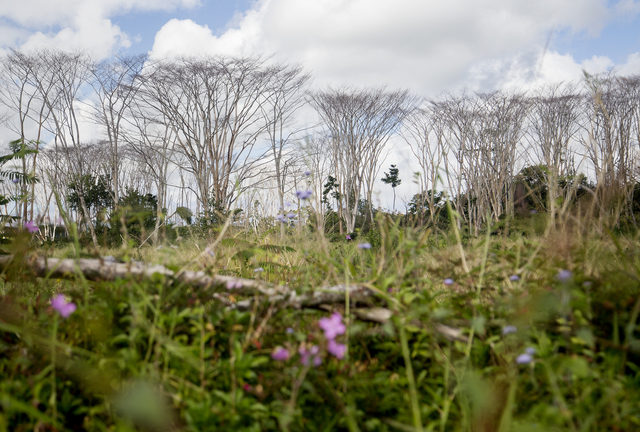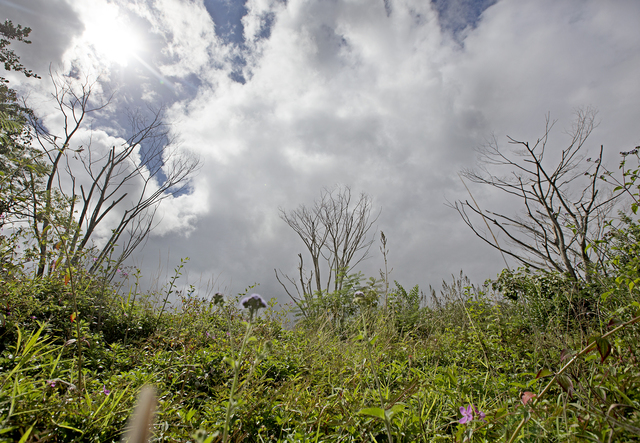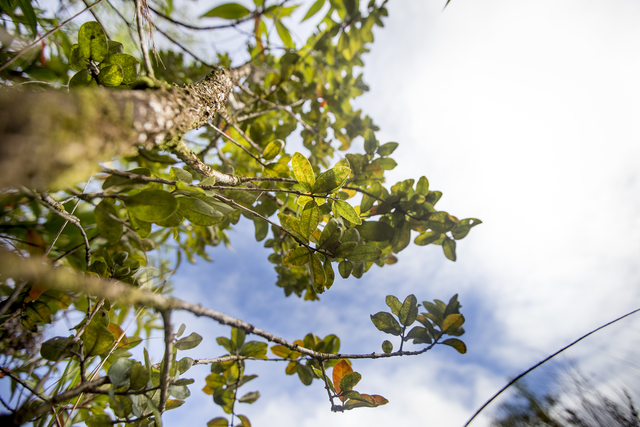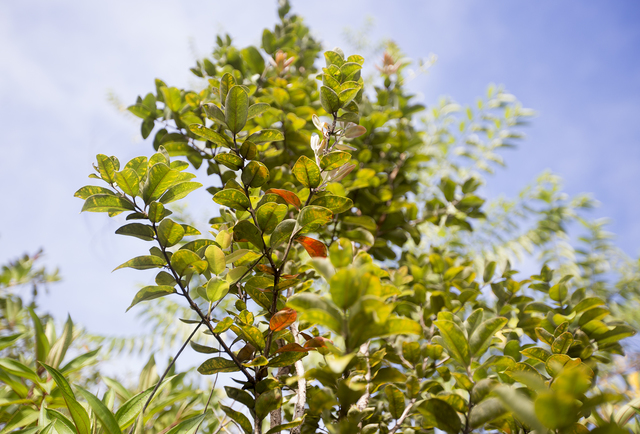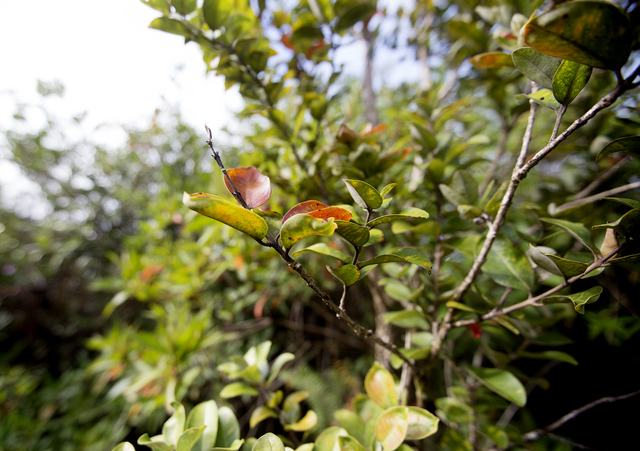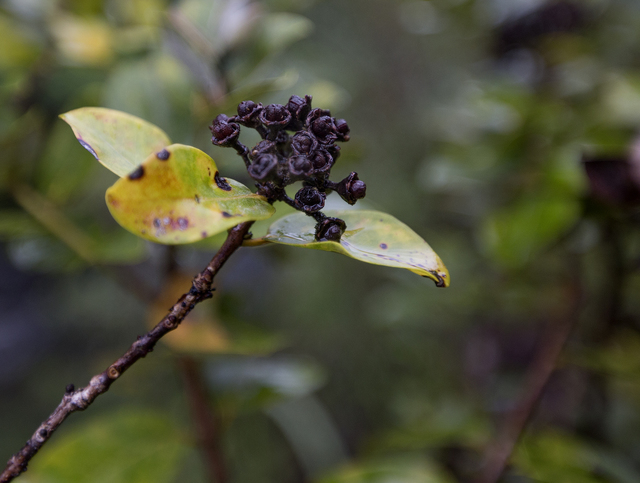HILO — The Big Island’s fights against rapid ohia death and the spread of invasive albizia trees will get much-needed booster shots of funding in the coming fiscal year. ADVERTISING HILO — The Big Island’s fights against rapid ohia death
HILO — The Big Island’s fights against rapid ohia death and the spread of invasive albizia trees will get much-needed booster shots of funding in the coming fiscal year.
A final version of House Bill 2675, which makes an appropriation to continue pathology research for rapid ohia death, passed both chambers of the statehouse Tuesday and has been transmitted to Gov. David Ige.
And a line item in this year’s budget provides $1.5 million in funding to implement a five-year management plan for albizia trees on Hawaii Island. The same amount was provided last year in the budget, but the management plan had not yet been developed, Rep. Richard Onishi, D- Hilo, Keaau, Kurtistown, Volcano, said Wednesday.
The management and mitigation plan for the fast-growing, easily-toppled invasive trees, which most notoriously caused millions of dollars of damage during Hurricane Iselle, will also be funded by $1.5 million in matching funds from Hawaiian Electric Light Company, Onishi said.
“What we’re hoping to do is mitigate the kind of problems we had with infrastructure damage that was caused by…Iselle,” he said. “Major power lines that got knocked down, thoroughfares that got blocked. This whole concept is to look at the critical infrastructure on the island and develop a tree mitigation plan.”
The plan was developed in concert with multiple stakeholders, including HELCO, the Hawaii Department of Transportation, Hawaii County’s Department of Public Works Highways Division, the Big Island Invasive Species Committee and the Department of Land and Natural Resource’s Forestry Division.
“The plan has been developed and it’s in the process of being implemented,” Onishi said. The money appropriated was not enough, he said, but “it’s a start.”
Removing albizia trees would be a boon to the island’s native ohia trees, which get crowded out when forced to compete against the tall invaders.
The trees are facing challenges on multiple fronts. More than 35,000 acres on the Big Island have been infected by the fungus, Ceratocystis fimbriata, that causes rapid ohia death.
Once an infected tree begins showing symptoms of the disease, such as a telltale brown stain on its sapwood, it can die in a matter of weeks.
The $300,000 appropriated by HB 2675 will help continue research being conducted by organizations like the Agricultural Research Station of the United States Department of Agriculture.
The money will fund the employement of pathology post-doctoral fellows, a new growth chamber for pathology experiments, and additional materials for pathogen detection.
“The resources are welcome, and we’ll make the most of them for sure,” said Flint Hughes, a research ecologist with the USDA Forest Service’s Institute of Pacific Islands Forestry.
Onishi, who introduced the bill, said this is the first time the state legislature has directly provided funding for rapid ohia death research, although individual agencies have contributed toward the effort in previous years.
The disease has not been found on any other islands so far, in part because of a quarantine put in place by the state Department of Agriculture that prohibits inter-island transfer of ohia.
“Our strategy right now is to contain the disease where it is,” Hughes said. “We’re also looking at other potential hosts of the disease, in case there are other plants or insects that may harbor (it), kind of as a Trojan horse.”
An statewide information campaign educating people about ROD and is ongoing. Earlier this week a series of seminars took place at the University of Hawaii at Manoa.
Hughes said that people around the state were “well aware” of the threat posed by ROD.
“(They’re) also poised to take action if…we discover the disease (elsewhere), so that we don’t face the kind of epidemic we’ve seen here,” he said. “We’re also setting that up in areas where we have large tracts of healthy forest on this island —Kohala, for instance.”
“We’re hoping this additional research is going to help us with the problem and control the spread, and hopefully come up with a solution to eliminate the problem,” Onishi said.
House Bill 1050, another measure that cleared its final reading this week, expands the DOA’s responsiblities regarding inter-island tracking of all invasive species.
That bill appropriates $2 million towards the effort, which includes implementing a tracking database, requiring an annual audit of the DOA Plant Quarantine Division and establishing inspection facilities for both edible and non-edible agricultural crops due to be transported between islands.
Email Ivy Ashe at iashe@hawaiitribune-herald.com.


